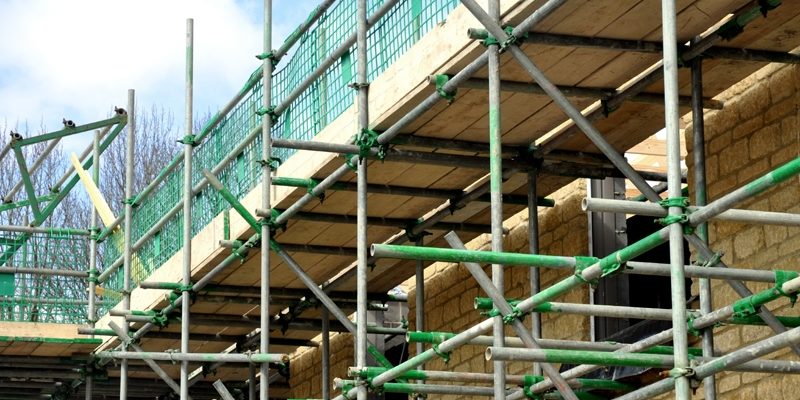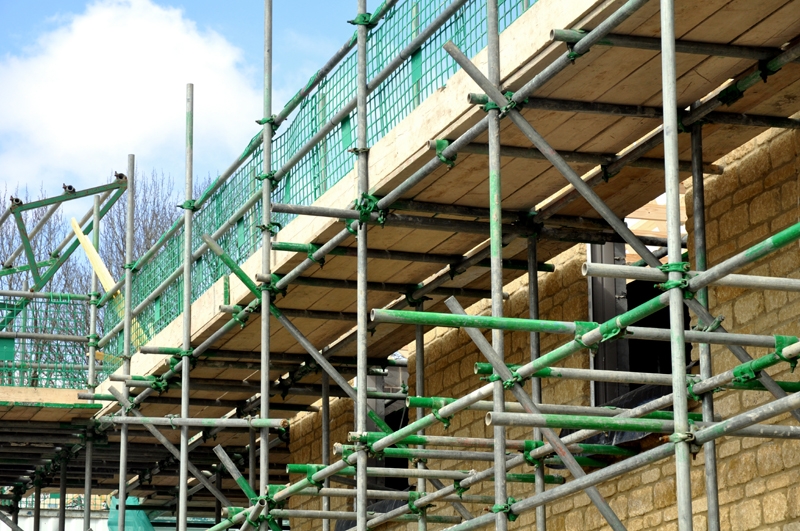Cherwell LPP1 Review – Inspector’s Report published

24th August 2020

The Plan Review allocates 4,400 houses as part of Oxford’s ‘unmet need’, all located in the Oxford Green Belt, around Kidlington, Begbroke, Yarnton and North Oxford.
Sadly, but rather as expected, the Inspector has not accepted the arguments put forward by CPRE and local campaign groups, and has found the plan sound, subject to the Main Modifications (which knock out the Woodstock site – a small consolation), including the ‘robust’ process behind establishing both the overall figures for Oxford and Cherwell’s allocation of these.
We stand by our view that the housing numbers are exaggerated and that the focus should be on providing genuinely affordable housing that meets local need, not executive housing at a distance from the City centre. Apart from anything else, the housing densities proposed are absurdly low and will squander Green Belt for the profit of private developers.
This year, more than ever, we have understood the value of accessible green space. For the health of the planet and people, we cannot afford to treat our scarce land resource in such a cavalier fashion. The Oxford Green Belt has served its purpose well over the years, protecting the character and setting of the City, and our local politicians should be ashamed that these attacks are being allowed through on their watch.
If you share our concerns, please Join CPRE Oxfordshire or Make a Donation to help us keep up the fight.
The exceptional circumstances justifying Green Belt release, given by the Inspector:
46. Chief amongst these is the obvious and pressing need to provide open-market and affordable homes for Oxford; a need that Oxford cannot meet itself. On top of that, in seeking to accommodate their part of Oxford’s unmet need, the Council has undertaken a particularly rigorous approach to exploring various options. That process has produced a vision and a spatial strategy that is very clearly far superior to other options. There is a simple and inescapable logic behind meeting Oxford’s open market and affordable needs in locations as close as possible to the city, on the existing A44/A4260 transport corridor, with resulting travel patterns that would minimise the length of journeys into the city, and not be reliant on the private car. On top of that, existing relationships with the city would be nurtured. Finally, this approach is least likely to interfere with Cherwell’s own significant housing commitments set out in the Local Plan 2015.
47. It is important to note too the scale of what is proposed. The Oxford Green Belt in the District of Cherwell covers 8,409 Ha. As submitted, and I come on to further removals below, the Plan makes provision in Policy PR3 for the removal of 253 Ha, a reduction of 3%. That is a relatively small reduction that must be seen in the context of the regional and indeed national benefits that would flow from meeting Oxford’s unmet need in such a rational manner.
48. On top of that, as the evidence base, and notably the Green Belt Studies, show that while existing built-up areas of Oxford, Kidlington, Begbroke and Yarnton would be extended into the surrounding countryside, there would be clear, defensible boundaries, both existing ones that could be strengthened further as part of development proposals, and new ones, and whilst the release of some land parcels would result in harm, the overall sense of separation between Kidlington and Oxford in particular, would not be harmfully reduced. Further, the setting and special character of Oxford would not be adversely affected. In that context, the purposes of the Green Belt, as set out in paragraph 80 of the Framework, would not be undermined to any significant degree.’
133.In Policy PR3, the Plan deals with the implications of its policies for the Oxford Green Belt. I have dealt above with the issue of ‘exceptional circumstances’ in relation to the original allocations and their extended forms. Paragraph 5.38 of the supporting text deals with the extent of the removals proposed in order to meet Oxford’s unmet housing needs. The extension of some of the allocations through the examination process means that the 253 Ha originally identified for removal needs to be amended to read 275 Ha, alongside a corresponding change to the removal in percentage terms – 3.3% from 3%, and the percentage area of Cherwell that lies within the Green Belt – 13.8% rather than 13.9%, falling from 14.3%. These changes [MM 31] are required to ensure transparency and to make the Plan effective. Consequent changes will also be required to the Policies Maps [advertised by the Council as MM 148 but amended in the interests of clarity].’
The next step is for the Council to adopt the Plan formally.
Download the Inspector’s Report in full below.
Cherwell Local Plan Inspector’s Report and Schedule of Main Modifications Aug 20
